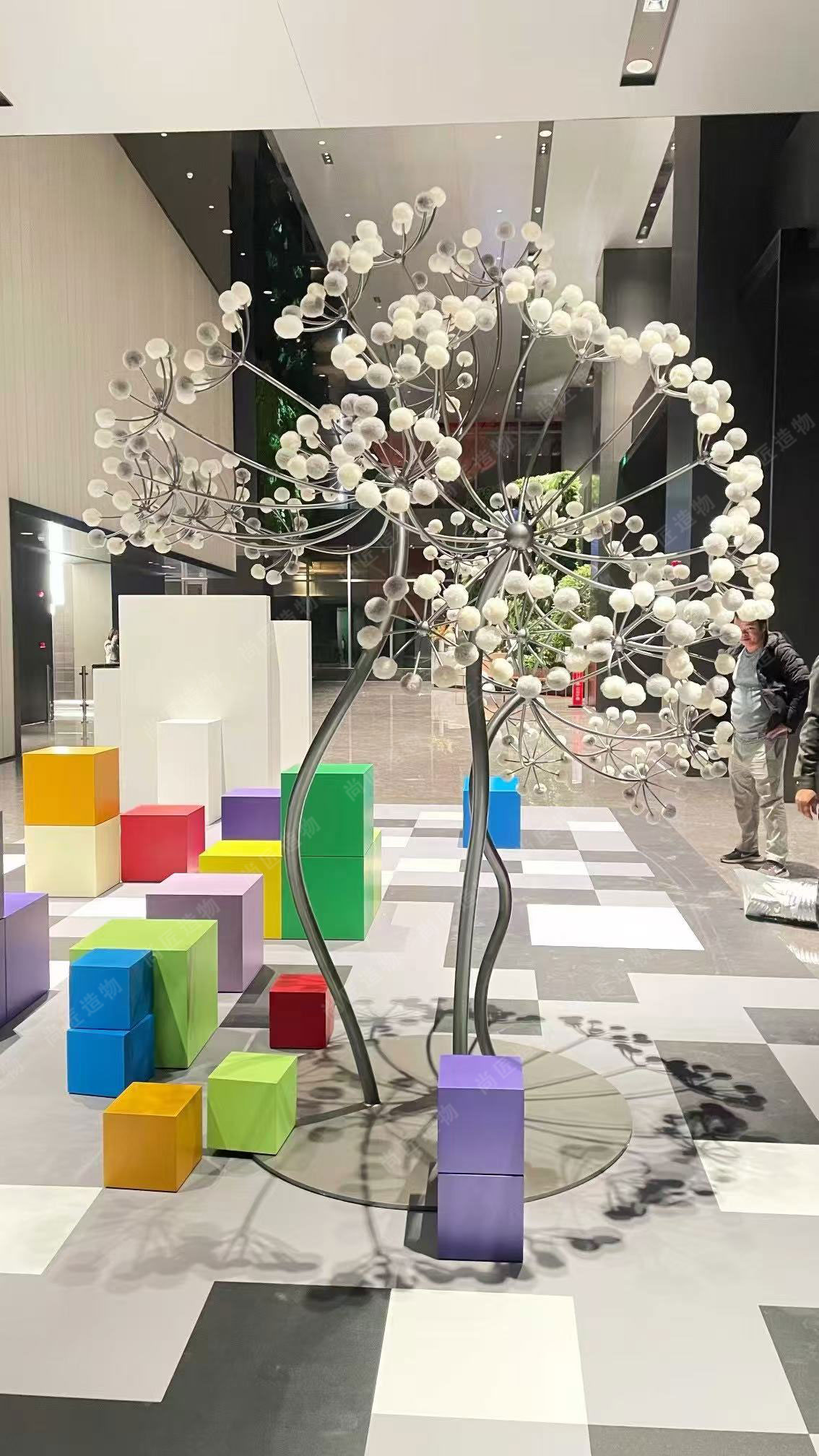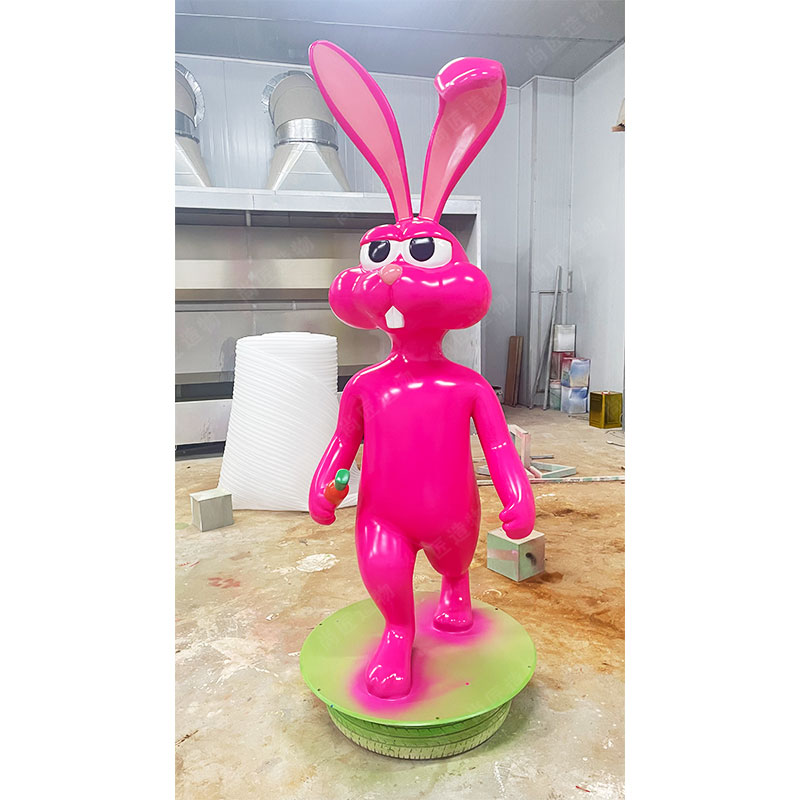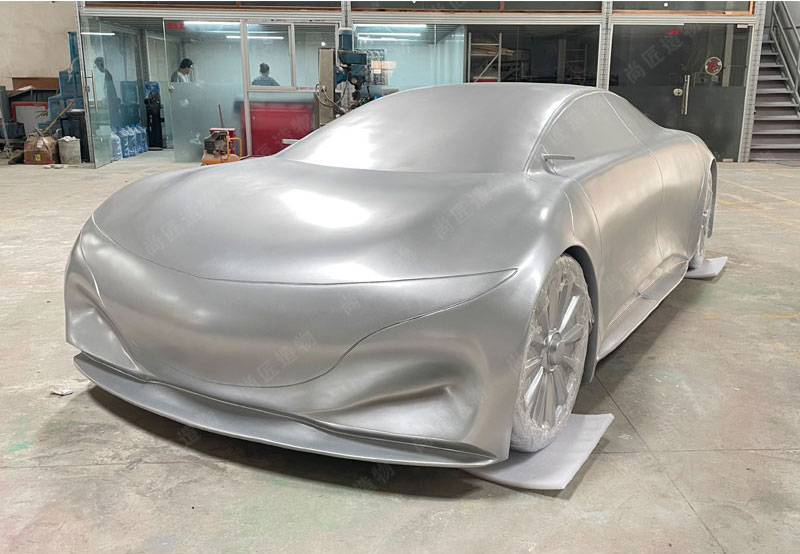Key Takeaways
Kinetic sculpture art redefines traditional art by integrating motion as a core element, blending mechanics, balance, and creativity. These works range from wind-powered mobiles to mechanized installations, where movement transforms static forms into dynamic experiences. Central themes include the interplay of physics and aesthetics, the role of viewer interaction, and the evolution of materials like lightweight metals and digital components.
Over decades, advancements in engineering and artistic experimentation have expanded kinetic art’s possibilities. Pioneers such as Alexander Calder and Jean Tinguely laid foundational techniques, while contemporary artists incorporate robotics and sensors to create responsive pieces. This art form challenges perceptions of permanence, inviting audiences to engage with ever-changing visual narratives.
As a bridge between art and technology, kinetic sculptures highlight how motion can evoke emotion, question stability, and reflect societal shifts. Their influence extends beyond galleries, inspiring architecture, design, and public installations. The next sections will explore these facets in depth, tracing kinetic art’s journey from experimental beginnings to its current role in shaping modern aesthetics.

Kinetic Sculpture Art Essentials
Kinetic sculpture art revolves around integrating movement as a core element, transforming static forms into dynamic experiences. Unlike realistic sculpture, which emphasizes lifelike permanence, kinetic works rely on balance, mechanics, or natural forces—such as wind or gravity—to create ever-changing shapes. Key components include engineered joints, weighted counterbalances, and motors, which enable controlled or unpredictable motion. For instance, mobiles—pioneered by Alexander Calder—use suspended elements that drift freely, while mechanized sculptures employ timed mechanisms to shift parts rhythmically.
"Kinetic art challenges the viewer’s perception by merging time and space—each movement reveals new angles and narratives."
To appreciate these works, observe how materials like aluminum or steel interact with environmental factors. A tip for creators: prioritize durability in moving parts to maintain functionality over time. As kinetic art bridges engineering and aesthetics, its essentials lie in harmonizing technical precision with artistic vision—a balance that continues to redefine modern sculpture. Transitioning from static to dynamic forms, this artform sets the stage for exploring its historical evolution and technological advancements in subsequent sections.

Evolution of Motion in Modern Art
The integration of movement into sculpture emerged as a radical departure from static artistic traditions, fueled by early 20th-century innovations. Initially inspired by Futurism’s celebration of speed and industrialization, artists began experimenting with mechanical elements. Alexander Calder’s floating mobiles in the 1930s redefined balance and spontaneity, using air currents to create organic motion. By contrast, Marcel Duchamp’s Bicycle Wheel (1913) introduced mechanized rotation, merging everyday objects with kinetic principles. Post-war advancements in motors and materials enabled sculptors like Jean Tinguely to construct complex, self-destructing machines that critiqued modernity’s obsession with progress.
The late 20th century saw motion evolve beyond mechanics, incorporating light, magnetism, and digital programming. Artists such as Rebecca Horn used pneumatic systems to mimic biological rhythms, while IP character sculpture creators blended pop culture with kinetic design. This progression reflects a broader shift toward interactivity, inviting viewers to engage with art as co-creators of movement. Today, kinetic sculpture continues to challenge perceptions of time and space, bridging art, engineering, and philosophy in ever-surprising ways.

Pioneers of Moving Sculpture Innovations
The evolution of kinetic sculpture owes much to visionary artists who redefined how motion interacts with form. Alexander Calder, often hailed as the father of the mobile, introduced suspended sculptures that danced with air currents, merging chance and balance. His wire-and-metal creations demonstrated how static materials could embody fluidity. Meanwhile, Jean Tinguely challenged mechanical norms with his whimsical, self-destructing machines, blending satire and engineering. Artists like Naum Gabo explored geometric abstraction through rotating elements, proving motion could amplify spatial depth.
These innovators laid groundwork for later advancements, including stainless steel sculpture techniques that enhanced durability and reflective surfaces. Their experiments bridged art and technology, inspiring contemporary creators to integrate sensors and programmable motors. By prioritizing both aesthetics and mechanics, these pioneers transformed sculpture from a fixed object into a dynamic dialogue with its environment. Their legacy continues to shape how artists balance organic movement with structural precision, ensuring kinetic art remains a vibrant field of exploration.
Mobiles and Mechanized Artistic Motion
Mobiles and mechanized sculptures represent two distinct yet interconnected branches of kinetic sculpture, each exploring motion through unique methods. Mobiles, popularized by Alexander Calder in the 1930s, rely on air currents to animate suspended abstract forms. These delicately balanced works transform passive observation into dynamic engagement, as their ever-shifting configurations challenge static notions of sculpture. In contrast, mechanized art employs motors, gears, or electronic systems to choreograph movement, as seen in Jean Tinguely’s self-destructing machines or Rebecca Horn’s rhythmic installations.
| Feature | Mobiles | Mechanized Sculptures |
|---|---|---|
| Movement Source | Natural air currents | Motors/technology |
| Materials | Lightweight metals, wires | Mixed media, industrial parts |
| Interactivity | Environment-dependent | Programmed or sensor-triggered |
While mobiles emphasize organic fluidity, mechanized works often critique industrialization or explore human-machine relationships. Both forms expanded sculpture’s temporal dimension, inviting viewers to perceive art as an evolving experience rather than a fixed object. This interplay between chance and control continues to influence contemporary artists, bridging traditional craftsmanship with modern engineering principles.

Kinetic Art’s Impact on Modern Aesthetics
Kinetic sculpture art has fundamentally reshaped how audiences perceive and interact with modern aesthetics by introducing motion as a core artistic element. Unlike static forms, these works challenge traditional notions of balance and composition, creating visual narratives that evolve over time. Artists like Alexander Calder popularized mobiles—suspended sculptures that respond to air currents—demonstrating how subtle movement can transform spatial relationships. Meanwhile, mechanized pieces, such as Jean Tinguely’s self-destructing machines, critique industrialization while merging art with engineering. This shift toward dynamic forms has influenced broader design disciplines, from architecture’s kinetic façades to Cartoon sculpture techniques that blend whimsy with motion.
The integration of movement also redefines viewer engagement, turning passive observation into active participation. Modern installations often employ sensors or interactive components, allowing audiences to influence the artwork’s behavior. This interplay between human input and mechanical response bridges the gap between art and technology, reflecting contemporary society’s fascination with innovation. By prioritizing temporal dimensions, kinetic art expands aesthetic boundaries, proving that beauty lies not only in form but in the fluid dialogue between creation and motion.
Interactive Dynamics in Sculptural Works
The integration of interactivity in kinetic sculpture has transformed passive observation into participatory experiences, bridging the gap between art and audience. Unlike static works, interactive sculptures respond to environmental factors—such as wind, touch, or even digital inputs—to create fluid, ever-changing forms. Alexander Calder’s hanging mobiles, which sway with air currents, laid early groundwork for this concept. Today, artists like Fiberglass sculpture creators employ advanced materials and motion sensors to design pieces that react to human presence, shifting shapes or emitting sounds as viewers engage. This dynamic interplay invites observers to become co-creators, influencing the artwork’s behavior through their movements or choices. Such works challenge traditional notions of authorship, as the final aesthetic outcome depends partly on unpredictable interactions. By merging mechanical precision with organic responsiveness, these sculptures reflect modern society’s fascination with adaptability and real-time feedback. This evolution aligns with broader trends in art and technology, where interactivity redefines how audiences connect with creative expression, setting the stage for deeper explorations of human-machine collaboration.

Technology and Moving Art Fusion
The integration of technology into kinetic sculpture has transformed how artists conceptualize and execute motion-driven works. Modern advancements, such as microcontrollers, sensors, and programmable motors, enable precise control over movement patterns, allowing sculptures to respond dynamically to environmental inputs like light, sound, or human interaction. For instance, artists now incorporate Arduino boards or Raspberry Pi systems to choreograph mechanical components, blending engineering with aesthetic vision. Materials like shape-memory alloys or 3D-printed polymers further expand possibilities, creating fluid transitions between static and kinetic states. This fusion not only enhances technical complexity but also deepens viewer engagement, as sculptures transition from passive objects to interactive systems. While early kinetic art relied on wind or manual intervention, today’s works leverage digital tools to achieve synchronized, repeatable motion—bridging traditional craftsmanship with cutting-edge innovation. Such collaborations between artists and technologists continue to redefine boundaries, proving that motion in art is no longer limited by physical mechanics alone.
Contemporary Interpretations of Kinetic Sculptures
Contemporary artists continue to expand the boundaries of kinetic sculpture art by blending traditional mechanical principles with cutting-edge technologies. While early pioneers focused on wind-powered mobiles or clockwork mechanisms, today’s creators integrate programmable motors, sensors, and even artificial intelligence to choreograph movement. Many now emphasize interactivity, designing sculptures that respond to audience presence, environmental changes, or real-time data streams. For instance, installations might shift shapes based on weather patterns or pulse with light synchronized to sound frequencies.
This evolution reflects broader artistic trends toward participatory experiences and sustainability. Some artists repurpose industrial materials or incorporate solar energy, aligning kinetic art with eco-conscious practices. Others explore abstract narratives about societal dynamics, using rhythmic motions to symbolize themes like connectivity or conflict. By merging engineering precision with conceptual depth, these works demonstrate how kinetic sculptures remain vital tools for interpreting modern life’s complexities—proving motion isn’t just a visual effect, but a language for dialogue between art and observer.
Conclusion
Moving sculpture art represents a transformative shift in how we perceive artistic expression, blending motion with material form to challenge static traditions. As discussed throughout this article, the interplay between mechanics, balance, and viewer interaction has redefined modern aesthetics, offering artworks that evolve with their environment. From Alexander Calder’s pioneering mobiles to Jean Tinguely’s mechanized installations, kinetic art bridges technical innovation and creative vision, inviting audiences to experience art as a dynamic process rather than a fixed object.
While early works focused on mechanical motion, contemporary artists now integrate digital technologies and sensor-driven interactivity, expanding the boundaries of kinetic expression. This evolution underscores a broader cultural shift toward valuing temporality and participation in art. By merging craftsmanship with engineering, moving sculptures continue to inspire new dialogues about space, time, and human engagement—proving that art, like life, thrives in motion.
FAQs
What defines moving sculpture art compared to traditional sculpture?
Moving sculpture art integrates motion—whether through mechanical components, wind power, or viewer interaction—to create dynamic, ever-changing forms. Unlike static sculptures, these works emphasize time and spatial transformation as core elements.
How do mobiles differ from mechanized kinetic sculptures?
Mobiles rely on natural forces like air currents to generate movement, often featuring balanced, suspended elements. Mechanized sculptures, however, use motors or engineered systems for controlled motion, enabling precise, repetitive patterns or programmed sequences.
Who were key pioneers in kinetic sculpture art?
Alexander Calder revolutionized the field with his mobiles in the 1930s, while Jean Tinguely’s mechanized “metamatics” in the 1950s-60s challenged notions of permanence in art. László Moholy-Nagy’s light-and-motion experiments further expanded kinetic principles.
Can viewers interact with kinetic sculptures?
Many contemporary kinetic works invite interaction, such as touch-activated sensors or motion-responsive installations. This interactivity transforms passive observation into participatory experiences, aligning with modern art’s focus on engagement.
How has technology influenced modern kinetic art?
Advances in robotics, digital programming, and renewable energy have enabled complex, sustainable motion systems. Artists now blend traditional craftsmanship with 3D printing and AI, creating sculptures that respond to environmental data or audience behavior.
Why is kinetic art significant in modern aesthetics?
By merging art with engineering and science, kinetic sculptures challenge static visual traditions. They reflect society’s fascination with progress, fluidity, and the relationship between human creativity and mechanical systems.
 ch
ch English
English






